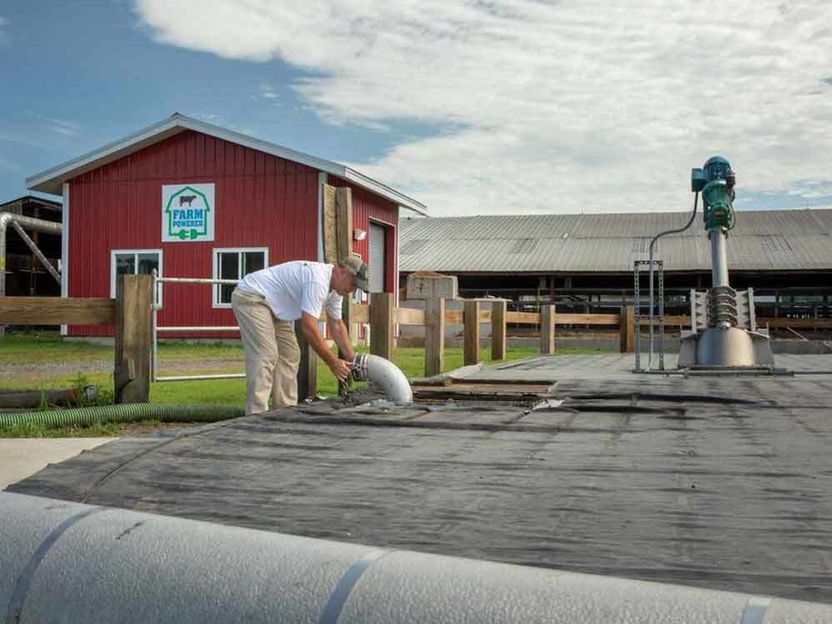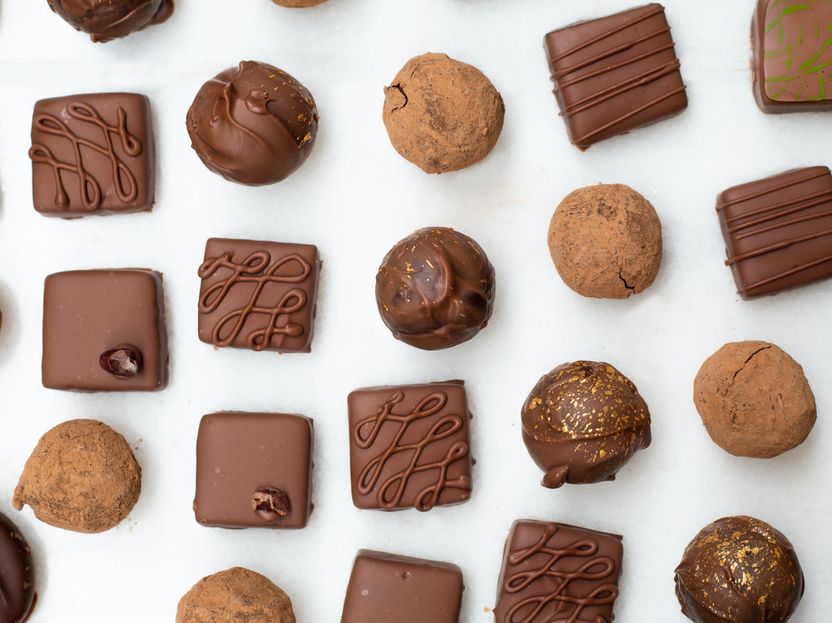From waste to watts
Advertisement
Powered by organic food waste and cow manure, Bar-Way Farm of Deerfield, Mass., produces sustainable electricity that powers their own 250-cow dairy farm and home, as well as provides additional energy back to the local community, with the help of an anaerobic digester installed right on the farm.

Dairy farmers of America
The family has always tried new things, regardless of failure — a valuable trait that encouraged the family to add the digester to their farm. Peter Melnik, an owner of the dairy, says of the generations on the farm before him, “(They were) never afraid to do anything. And I think it was one of the things that enabled us to keep this farm alive for so long. (They) always had this optimism, ‘If we do something, we do it the best we can, and if it doesn’t work out, we try something else. If it works out, we do it again next year.’”
The Melnik family — Steve, Kathy and Peter Melnik — who own and operate the multi-generational dairy, have a long history of diversifying their operation to stay at the foreground of innovation — 100 years to be exact. Now, nearly a quarter of the way into the 21st century, their latest endeavor includes a 660,000-gallon anaerobic digester tank right on their farm. The family partnered with local renewable energy company, Vanguard Renewables, to help with the funding, construction and supply of the digester.
How it works
Food waste from local plants of well-loved companies — such as Coca-Cola, Hood and Cabot — is brought to the digester at the farm. Here, the digester converts three to four truckloads, or 100 tons, of food waste every day to produce one megawatt of electricity an hour, or about $100,000 worth of electricity every month. Microorganisms in the digester break down the organic material, combined with waste from the farm, to produce the electricity, as well as an odor-free, organic fertilizer the Melnik family is able to use for their crops.
Truck loads of food waste, that otherwise would have made its way to the landfill where it would decompose and release greenhouse gases, may include anything from scraps from making orange and apple juice to bread crumbs from cleaning bakery ovens. Since it didn’t go to the landfill, digesters work to reduce greenhouse gases by over 85 percent, while also being part of the solution for food waste challenges – now that’s something to celebrate.
Most read news
Organizations
Other news from the department business & finance

Get the food & beverage industry in your inbox
By submitting this form you agree that LUMITOS AG will send you the newsletter(s) selected above by email. Your data will not be passed on to third parties. Your data will be stored and processed in accordance with our data protection regulations. LUMITOS may contact you by email for the purpose of advertising or market and opinion surveys. You can revoke your consent at any time without giving reasons to LUMITOS AG, Ernst-Augustin-Str. 2, 12489 Berlin, Germany or by e-mail at revoke@lumitos.com with effect for the future. In addition, each email contains a link to unsubscribe from the corresponding newsletter.
































































